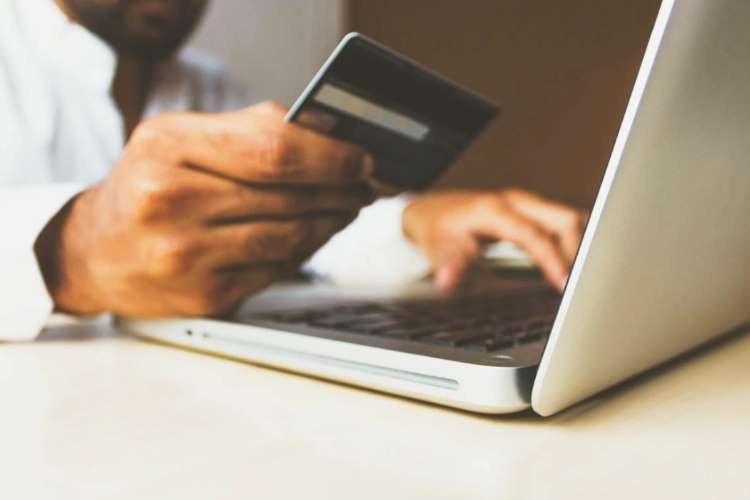RBI interest rate hike: Policymakers and central banks around the globe continue to battle inflation amid critical geopolitical situations and look to avoid recession by tightening their monetary policy. RBI too is expected to hike repo rates by 35-50 basis points (bps), which in turn is likely to reflect in all home, auto and personal loans too, making them more expensive. The Reserve Bank of India (RBI) is mulling to increase the repo rate soon, which if it comes to effect, will be the apex bank’s third consecutive policy rate hike to check elevated retail inflation.
Experts are united in their view that the apex bank will raise the benchmark rate to at least the pre-pandemic level this week and even further in later months.
What is repo rate and how does it affect loan EMI
Repo rate is the rate at which the central bank of a country, which is the Reserve Bank of India in the case of India, lends money to commercial banks in the event of any shortfall of funds. Repo rate is used by the monetary authorities to keep inflation in check. In the event of inflation, central banks increase the repo rate. This acts as a disincentive for banks to borrow from the central bank, ultimately reducing the money supply in the economy and thus helps in arresting inflation. However, in a case when demand is short, the central bank takes the contrary position.
ALSO READ: Gold demand: Uncertainties, policies weigh despite inflation
So, in the case when RBI hikes the repo rate, the outcome bears a direct impact on loan borrowers since banks and Non-Banking Financial Companies (NBFCs) are anticipated to raise lending rates in turn. Since banks have to pay a higher amount to the central bank to borrow money, borrowers from the banks also have to pay higher EMIs, resulting in an addition in EMIs.
In fact, banks have started to raise benchmark retail prime lending rate (RPLR) following cues from the RBI regarding a hike in repo rates. On Saturday, Housing Development Finance Corp (HDFC), which is India’s largest mortgage financier, increased RPLR for the fifth time this fiscal ahead of the RBI’s monetary policy meeting scheduled on August 5. HDFC hiked its RPLR by 25 basis points. This took its minimum lending rate to 7.80% up from 7.55% before the hike. One basis point is 0.01 percentage point.
The home loan market leader among banks State Bank of India has also increased its repo-linked benchmark rate by as much as 90 bps this fiscal. Public sector lender Punjab National Bank (PNB) has also increased its marginal cost of lending rate, or MCLR across all tenors, according to its website. The MCLR is a key point in deciding loan interests and it has been hiked by as much as 10 basis points, will mean that loan EMIs for the bank’s existing and new customers are going to increase soon, which means that loan EMIs for the bank’s existing and new customers are going to increase soon.
Why is RBI hiking interest rate?
The Reserve Bank of India’s rate-setting panel, the Monetary Policy Committee, is slated to meet for three days from August 3 and has the agenda of mulling over the prevailing economic situation. Consumer prices in the country rose to an eight-year high at 7.80% in April. The gauge dipped to 7.01% in June. Central bank governor Shaktikanta Das had also said earlier that inflation appears to have peaked. However, he simultaneously underscored the risk of high volatility. The government currently has the agenda of keeping prices stable over the next two quarters.
ALSO READ: Why curbing methane emissions is crucial in war on climate change
The Indian rupee is also performing dismally low and keeps hitting fresh lows for some weeks now. The currency hit a lifetime low of 80.06 against the US dollar on July 21 amid sustained fund outflows. However, it has since erased some of its losses that stand in the vicinity of 7% since the start of the year, but the slip in rupee also caused upward inflationary pressure.
Since the US Federal Reserve raised the rate by 225 bps in the ongoing fiscal, the RBI too has hiked the repo rate by 90 bps. An aggressive rate hike by the Fed is fuelling the expectations that the RBI may also front load its rate hikes. The government has also tasked the RBI to step in and ensure consumer price index-based inflation remains at 4% with a margin of 2% on either side.
So far, the central bank has raised the short-term borrowing rate twice, once by 40 basis points in May and second time by 50 basis points in June. However, the existing repo rate of 4.9% is still below the pre-Covid level of 5.15%, which was sharply reduced in 2020 to tide over the crisis created by the pandemic. Last week, the Federal Reserve also enacted its second consecutive 0.75 percentage point interest rate increase as it looks to tamp down runaway inflation while avoiding a recession.
In taking the benchmark overnight borrowing rate up to a range of 2.25% to 2.5%, the Fed’s moves in June and July represent the most stringent consecutive action since it began using the overnight funds rate as the principal tool of monetary policy in the early 1990s.

